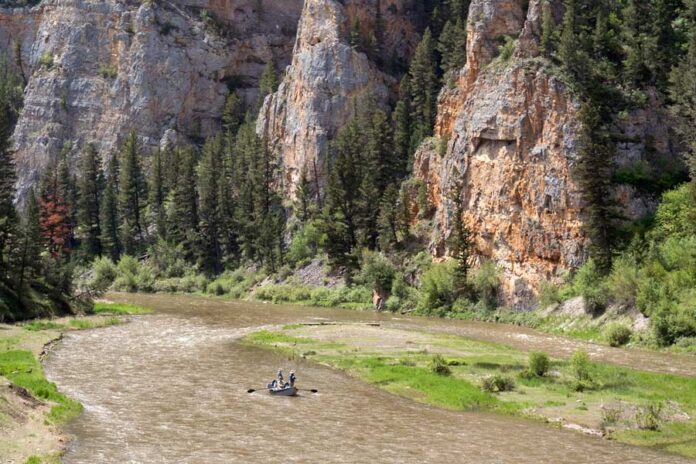Welcome to the latest installment of the Wednesday Wake-Up Call, a roundup of the most pressing conservation issues important to anglers. Working with our friends at Trout Unlimited, Backcountry Hunters & Anglers, the Theodore Roosevelt Conservation Partnership, The Everglades Foundation, Captains for Clean Water, VoteWater.org, Bonefish & Tarpon Trust, and Conservation Hawks (among others), we’ll make sure you’ve got the information you need to understand the issues and form solid opinions.
1. Montana Supreme Court Rules in Favor of Mine that Threatens the Smith River
Yesterday, in a 5-2 decision, the Montana Supreme Court shocked anglers and environmental stewards by overturning Trout Unlimited’s lower-court victory in the fight to stop a massive copper mine along the most important trout tributary to the legendary Smith River. The Australian-owned Tintina Company will now be reissued its permit for the Black Butte project, which plans to extract 14 million tons of copper using a mining design that’s untested in the state and that could result in impaired water quality in Sheep Creek and the Smith.
“This marks another sad example of Montana’s lenient mining and permitting laws allowing for the development of a large-scale, high-risk mine to be built without proper regard for the other values of a place, including its water quality, quantity, fishery, wildlife, recreational opportunities and cultural heritage,” said David Brooks, Executive Director of Montana Trout Unlimited.
Map via Montana Trout Unlimited
Fortunately, the fight to protect the Smith River from this mine is not over. The MT Supreme Court decision can’t be appealed, but there are other avenues of resistance. A water rights claims against the mining company is in front of the MT Supreme Court, and will be heard on March 29.
MTU is also asking folks to take action to protect the Smith from additional mining by asking the U.S. Forest Service to remove public land in the Smith from future mining development.
Make Your Voice Heard: Sign the MTU Petition to Protect the Smith

Photo by Pat Clayton, Fish Eye Guy Photography
Related Stories:
2. Discharges from Lake Okeechobee Ravage Estuaries on Both Coasts of South Florida

Images courtesy Captains for Clean Water
As we featured last week, the army corps initiated high-volume damaging Lake Okeechobee discharges to both the east and west coasts 11 days ago, on Saturday, February 17. These discharges send toxic, nutrient-laden fresh water pouring into the saltwater estuaries of the St. Lucie and Caloosahatchee Rivers, lowering salinity in the process. At stake are fragile ecosystems of seagrasses and oyster beds.
These images show what the east and west coasts looked like the week prior to Lake Okeechobee discharges versus what they look like right now. You don’t have to be a scientists to recognize that the water quality has degraded substantially. The damaging effects of these discharges will only get worse the longer water is released over the coming months.

Unfortunately, there’s no quick fix to the problem, but it’s a reminder of how important Everglades restoration is in the years to come. It’s vital that we maintain pressure on both federal and state governments to continue to fund projects that will help to send this water southward to be cleaned and then drained through the Everglades into Florida Bay. Stay up-to-date by following Captains for Clean Water on Instagram and/or Facebook.
Click here for more information from Captains for Clean Water
Credit: Source link































